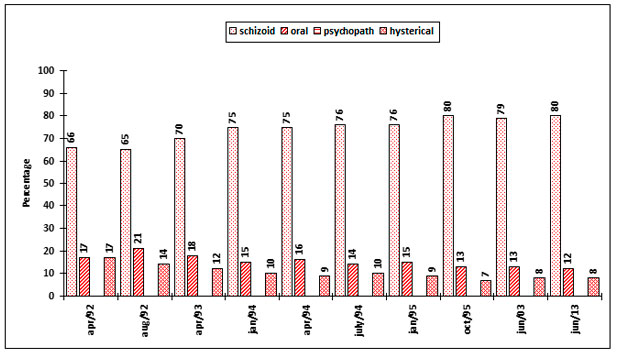“The Toy as Psychodiagnosis and Intervention in Body Therapy with children and adolescents”
Abstract
Our purpose is to approach the theoretical and practical concepts of body therapy with children and adolescents in order to convert postures and attitudes into therapeutic procedures.
The psychotherapist or educator can lead the child to learn how to explore toys and their meaning in the development of their personality. The toy symbolizes the body and is used as an interpretation and/or intervention in the psychic and body process. It is instrumental in helping to localize the child’s body tension by using toys.
Introduction
The aim of children psychotherapy is to rescue their identity matrix, what we call “matrix renewal identity.” That would enable them to restore traumatic situations of emotional experiences in the first moments of life.
Method
Our basic proposal in the psychotherapeutic work with children and adolescents pertains to the internal image reconstruction, which we can confirm due to the need of reconstruction of the image of the “broken toy”, which symbolizes the meaning of a particular conflict. This reconstruction corresponds to a specific phase of the ego development, which is being blocked due to corporal tensions. Our objective is to reconstruct the libidinal flow and the deep feeling of being loved.
Conclusion
The major contribution of this work is on identifying and evaluating the toys that correspond to the type of blocked energy within the psychic and body development of the child. We come to the conclusion that “the toy symbolizes the body of the child and it can be utilized as an interpretation and/or intervention, without interrupting the energetic circuit.”
This work focus on the body tension of a child as she plays with a toy. Identifying the type of energy from each toy, starting with the assumption of what it represents in relation to the objects of the child, and where the conflicts are originated.
It is an important work, which contributes to the study of the prophylaxis of neurosis.
Results
When we compare the percentage data of toys, from 1991 to 2013, we can observe that there were no meaningful changes which indicate to us that the “energy of toy is healthy, and that the playing by itself means self-regulation and ‘grounding’ of the child.”
TABLE 1
JELLY TOY

TABLE 2
Bıg Ballon – Collor Bubble – Jelly Toy – Plastıc Balloon – Balloon – Ball

FIGURE 1

